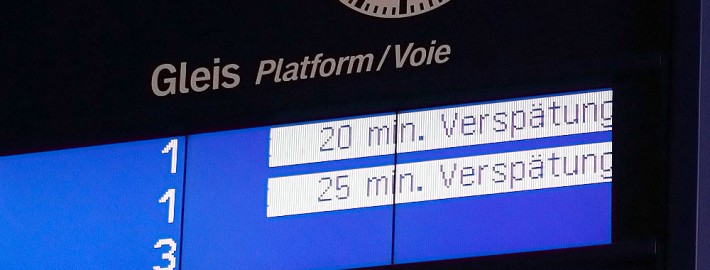Sidestepping Delays
There is a famous game in the business world called the Beer Game. Developed at MIT’s Sloan School of Management, this game gives a taste of reality to novice and experienced managers alike. In addition to lessons in management, the Beer Game illustrates an interesting similarity between business systems and industrial processes, and suggests to me how real-time data cloud services may be able to help business sidestep costly delays.
In the Beer Game, players representing retailers, wholesalers, distributors and producers of beer are responsible for keeping up with customer orders. Everything goes pretty smoothly until there is a sudden increase in demand. Due to a built-in request-and-response time delay at each level of supply, it takes a while for the increased orders to reach the factory, and still longer for the new supplies of beer to reach the retailers.
The delay in supply shipments causes a temporary shortage for retailers, so they keep sending in large orders for beer. Eventually, when truckloads of beer finally start to arrive, their supplies overshoot demand, and the retailers now have to cut orders dramatically. But the beer keeps coming. Oscillations between supply and demand ensue, creating customer dissatisfaction, wasted resources, and loss of profit. Hard feelings often arise between the game players at the various levels in the supply chain, as each blames the others for the losses.
The problem is, most players simply keep ordering beer as long as their customers or downstream distributors keep clamoring for it, not realizing the mistake until it is too late. “If there were no time delays, this strategy would work well,” said MIT Professor John D. Sterman, who has run the game for many years. So, in a way, the culprit here is the time lag. Let’s see how a real-time approach might change the picture.
In the real-time world of industrial control, this is a familiar scenario. If you have, for example, an oven running at a set temperature, and then turn a dial to raise the temperature, it takes a bit of time for the system to respond. If it is tuned well, the heating mechanism will quickly bring the oven up to the newly set temperature, and maintain that setting. If not, it may respond slowly, and possibly overshoot and undershoot the setting a few times until it finally stablizes on the new temperature.
This type of behavior can be plotted on a graph. Here are a few examples:
In these images, the red line represents the newly set temperature, the green line is the ouput from the heating mechanism, and the blue line is the actual temperature inside the oven.
Poor Response shows delayed communication and overreaction. Notice that the heating mechanism output (green line) doesn’t start decreasing until the oven temperature hits the proper setting. Poor feedback between the actual temperature in the oven and the heating mechanism causes a number of oscillations.
So-so Response is better, but there is still some overreaction.
Quick Response is the best. A combination of an immediate and strong initial response with a tightly coupled feedback loop between the heating mechanism and the oven temperature means that the new setting is achieved rapidly, with minimum waste.
How does this apply to the Beer Game and the business world? Using real-time cloud technology, it should be possible to connect all the data related to the beer sales, ordering, distribution and production into a single, seamless flow. Imagine if each player in the game had a window into actual production figures and supply inventories at every level, updated in real time. The factory could see immediate spikes in demand and retailers could gauge supply levels, while distributors and wholesalers could monitor the flow of orders and shipments up and down the supply chain.
Of course, there will always be time constraints in the actual beer shipments. But that doesn’t mean we have to settle for frustrations originating in the paper-based systems of the last century. With a real-time cloud approach, many “inevitable” delays can simply be sidestepped.




